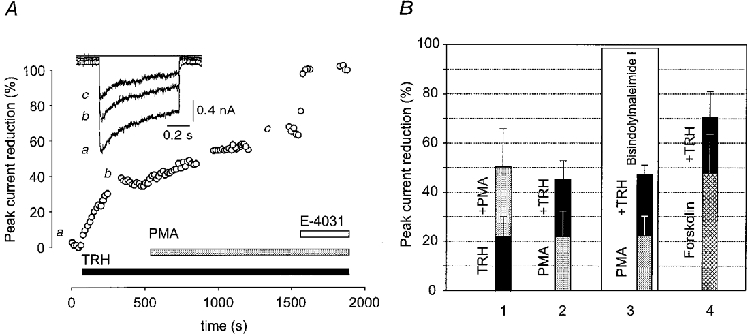Figure 9. Effects of phorbol ester, forskolin and TRH on the erg-like K+ current.

A, the erg-like current is reduced by TRH and PMA. Inward currents were recorded using the nystatin-perforated patch configuration every 15 s with a 40 ms test pulse to -120 mV from a holding potential of -20 mV to avoid substantial deactivation. At the breaks indicated by a, b and c, membrane currents were elicited with test pulses to -120 mV of 700 ms duration preceded by a 2 s prepulse to 20 mV. Application of TRH (1 μM) and subsequent application of PMA (1 μM) in the continued presence of TRH reduced the erg-like current. At the end of the experiment E-4031 (10 μM) was applied. The membrane currents shown in the inset were obtained by subtracting the E-4031-insensitive current from the currents recorded at the times indicated by a, b and c. B, summary of results obtained in experiments with similar protocols to that shown in A. Substances were applied in the following order: group 1 (n= 8): TRH (mean reduction of the erg-like current ±s.d., 22·2 ± 8·3 %), TRH + PMA (50·3 ± 15·5 %). Group 2 (n= 8): PMA (21·8 ± 10·3 %), PMA + TRH (44·9 ± 7·7 %). In group 3 (n= 3), experiments were performed in the presence of the PKC inhibitor bisindolylmaleimide I (1 μM). Cells were preincubated with the PKC inhibitor at 37 °C in the normal culture medium for 2·5 to 4 h. Sequence of application: PMA (22·5 ± 7·7 %), PMA + TRH (47·0 ± 4·0 %). Group 4 (n= 3): forskolin (400 μM; 47·8 ± 16 %), forskolin + TRH (71·3 ± 13 %).
